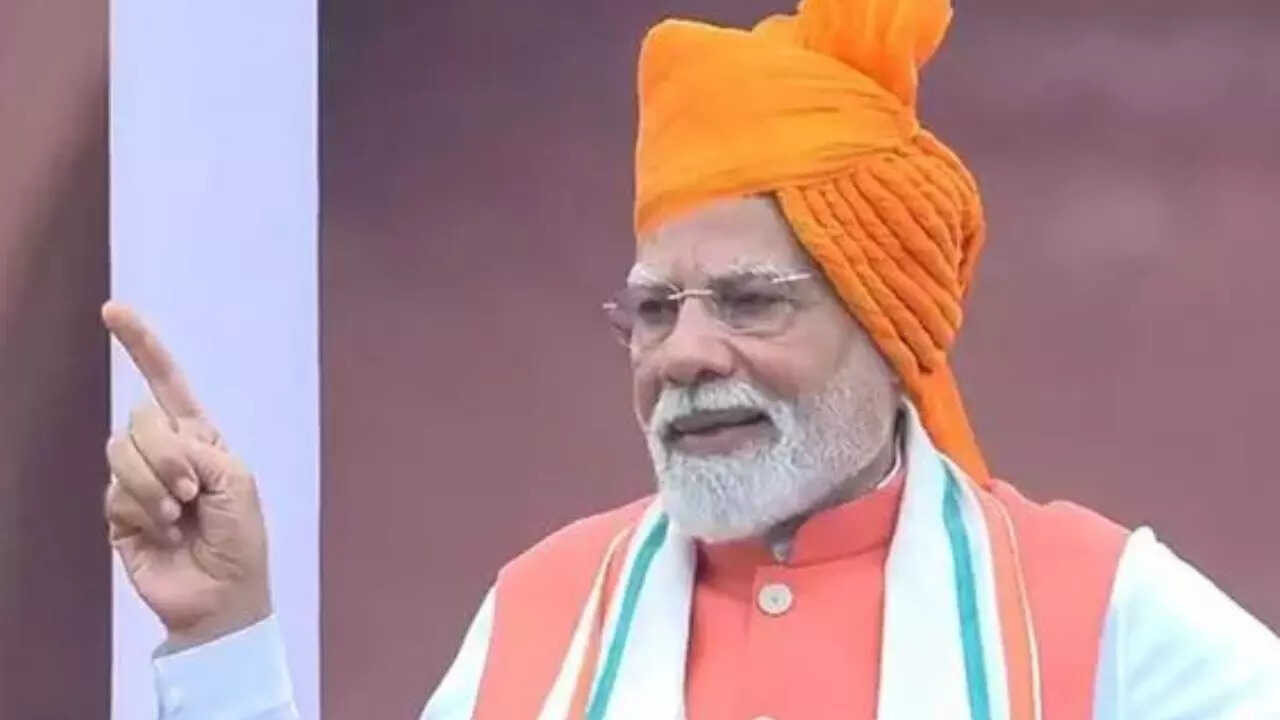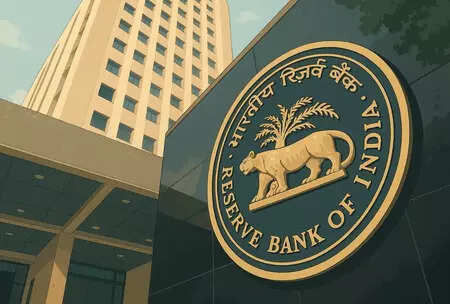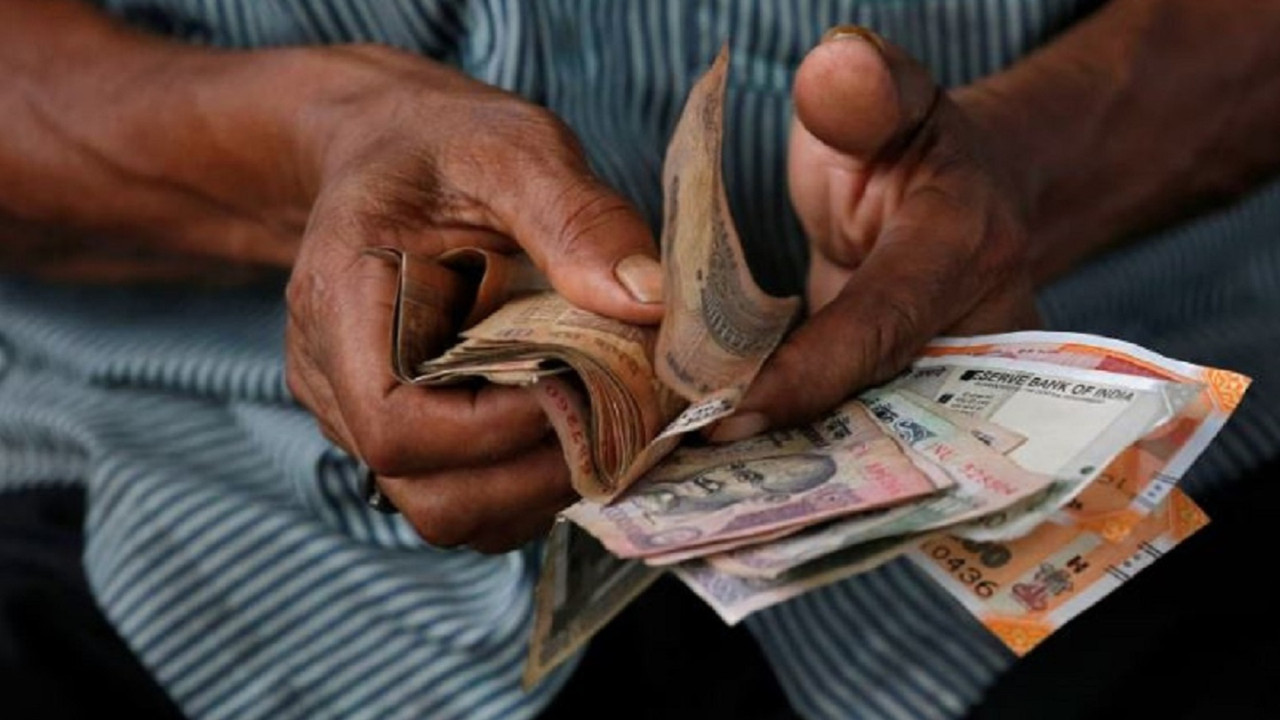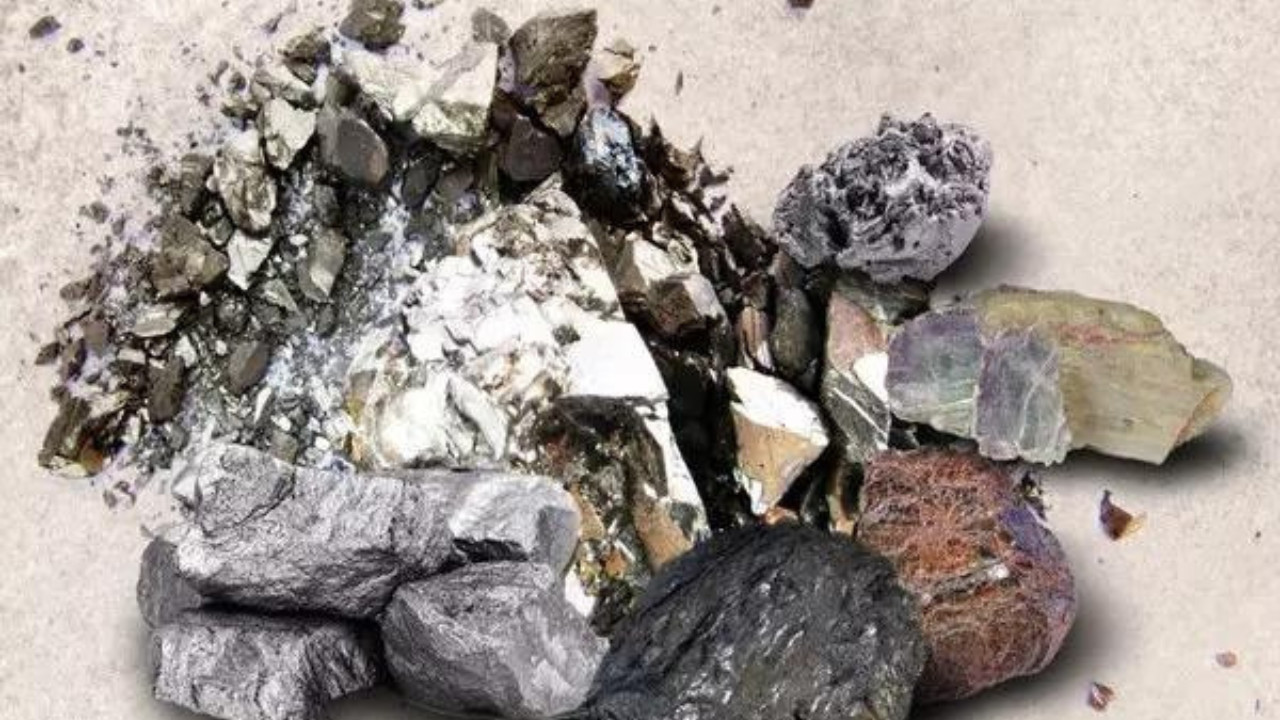Prime Minister Modi announced India’s push for self-sufficiency in critical minerals like lithium and rare earth elements, essential for clean energy and technology. Exploration is underway at over 1,200 sites. He also emphasized reducing reliance on fertilizer imports, urging judicious use and increased domestic production to protect soil health and benefit the nation’s economy.
Charting a Course for Self-Reliance: India’s Critical Minerals Strategy
Prime Minister Modi’s Independence Day address wasn’t just a reflection on the past; it was a powerful call to action, a blueprint for India’s future. Woven through his speech was a compelling thread of self-reliance – a ‘make in India’ mantra amplified and directed towards two crucial sectors: critical minerals and fertilizers. But what does this renewed push for atmanirbharta actually mean for India’s economic landscape and its global role?
For years, India has relied heavily on imports to meet its needs in these two key areas. This dependency leaves the nation vulnerable to volatile global markets, geopolitical tensions, and supply chain disruptions, a point driven home by recent global events. The Prime Minister’s speech underscores a strategic shift – a conscious effort to reduce this reliance and foster a robust domestic ecosystem.
Why Critical Minerals are, Well, Critical
Think of critical minerals as the unsung heroes of the modern age. They are the essential ingredients in everything from smartphones and electric vehicles to wind turbines and defense systems. They are, in essence, the building blocks of a sustainable and technologically advanced future. Securing a stable supply of these minerals is therefore not just about economic growth; it’s about national security and global competitiveness. 
India’s demand for these minerals is only set to skyrocket as the country pursues ambitious goals in renewable energy, electric mobility, and advanced manufacturing. This is precisely why the Prime Minister’s emphasis on exploration, domestic production, and secure supply chains is so crucial. The government has already taken steps in this direction, including identifying and mapping potential mineral reserves within India. Encouraging private sector investment in exploration and mining will be equally vital to unearthing these resources.
Fertilizer Fortification: Nourishing India’s Growth
The agricultural sector remains the backbone of the Indian economy, supporting millions of livelihoods and ensuring food security for a vast population. And fertilizers, while often debated in terms of their environmental impact, play a significant role in boosting crop yields. The Prime Minister highlighted the need to move towards self-sufficiency in fertilizer production, reducing the country’s dependence on imports.
This isn’t just about producing more fertilizer; it’s about producing it sustainably. The speech hinted at promoting the use of alternative fertilizers, encouraging organic farming practices, and investing in research and development to create more efficient and environmentally friendly fertilizer technologies. This also includes increasing local production of fertilizers, potentially reducing transportation costs and making these vital resources more accessible to farmers across the country. This is especially relevant in the context of recent global price spikes in fertilizers, which have impacted farmers worldwide.
The Path Forward: A Multi-Pronged Approach
Achieving self-reliance in critical minerals and fertilizers is not an overnight task. It requires a multi-pronged approach involving government initiatives, private sector investment, technological innovation, and international collaborations.
* Strategic Partnerships: Building partnerships with countries that possess abundant mineral resources is key to diversifying supply chains and mitigating risks.
* Incentivizing Innovation: Encouraging research and development in both critical mineral extraction and fertilizer production will drive efficiency and sustainability.
* Streamlining Regulations: Simplifying regulatory processes for mining and manufacturing will attract investment and accelerate project timelines.
* Promoting Circular Economy: Focusing on recycling and reusing critical minerals can significantly reduce the demand for primary extraction.
This strategy also aligns with India’s commitment to reducing its carbon footprint and fostering a greener economy. The transition to renewable energy and electric vehicles, both heavily reliant on critical minerals, is integral to achieving its climate goals. Successfully navigating this path will not only strengthen India’s economic independence but also position it as a global leader in sustainable development.
A Future Forged in Self-Reliance
Prime Minister Modi’s message was clear: India is committed to forging its own path to economic prosperity and national security. By prioritizing self-reliance in critical minerals and fertilizers, India aims to build a more resilient, sustainable, and globally competitive economy. The journey will undoubtedly be challenging, but the potential rewards – a more secure, prosperous, and independent India – are well worth the effort. You can read more about similar initiatives on the company website under the “Government Initiatives” section. The real test lies in the effective implementation of these policies and the ability of the Indian ecosystem to rise to the occasion and meet the demands of a rapidly evolving world.







